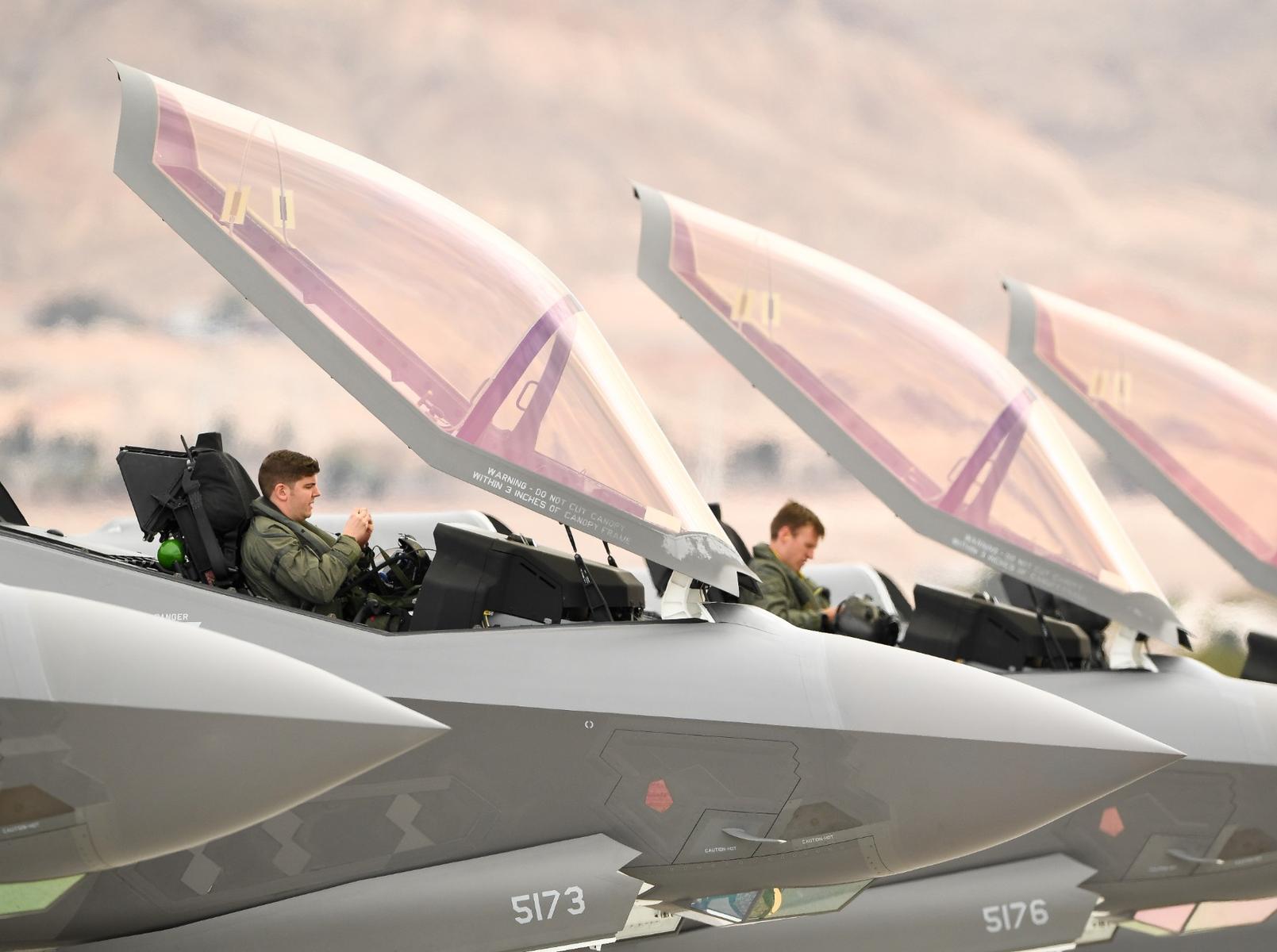From the conclusions :
Our analysis shows that, from a personnel cost perspective, it is more cost-effective for the
USAF to increase S&I pay and retain pilots than to expand the training pipeline to sustain a
given pilot inventory. In short, these results are driven by the high cost of training pilots, which
is determined by the current curricula, policies, capacities, and technologies used to train USAF
pilots. Changes in how the USAF trains pilots could decrease training cost, although the decrease
would have to be sufficiently large to reverse our results and make expanding the training
pipeline more cost-effective than expanding AvB. Future research should explore where training
cost savings might be found (e.g., perhaps through alternative training technologies) without
jeopardizing USAF capability and readiness.

 www.rand.org
www.rand.org
Our analysis shows that, from a personnel cost perspective, it is more cost-effective for the
USAF to increase S&I pay and retain pilots than to expand the training pipeline to sustain a
given pilot inventory. In short, these results are driven by the high cost of training pilots, which
is determined by the current curricula, policies, capacities, and technologies used to train USAF
pilots. Changes in how the USAF trains pilots could decrease training cost, although the decrease
would have to be sufficiently large to reverse our results and make expanding the training
pipeline more cost-effective than expanding AvB. Future research should explore where training
cost savings might be found (e.g., perhaps through alternative training technologies) without
jeopardizing USAF capability and readiness.

Is It More Cost-Effective to Retain Pilots or Train New Ones?
Instead of relying on retaining its current pilots, the U.S. Air Force could hypothetically find and train new ones. But expanding the pilot training pipeline is costly. What is the best way for the Air Force to allocate its resources and sustain its number of pilots?

